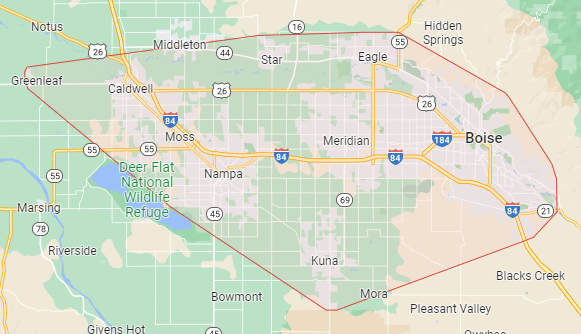How to Repair a Cracked Windshield
A crack in the windshield can mean a trip to the auto glass shop and an expensive replacement. But that doesn’t always have to happen.
As long as the damage doesn’t interfere with the driver’s line of vision or penetrate through to the inner layers, your windshield should be able to be repaired. Here are some tips to help you do it yourself. Learn more!
Chips and Cracks
Windshield damage is very common and can be easily repaired. However, not all cracks and chips are repairable. Depending on the size and location of the damage, replacement may be necessary. Damage that extends to the outer edge of the windshield should not be repaired as it can lead to cracking and a potential loss of the windshield. Cracks that run across the driver’s field of vision should also not be repaired. Generally, any chip or crack less than three inches in length and not directly in front of the driver is considered repairable.
Those smaller chips or cracks are called surface pits, half moon or partial bulls-eye (a circular area of damage with an impact hole), and star breaks (a cluster of small cracks that are arranged in the shape of a star). These types of repairs can be fixed using a kit that includes a syringe to vacuum the air out and force resin in. Once the windshield is prepped, the syringe is attached to the glass, the vacuum is created and resin is applied until it fills the damaged area.
Glass Cleaner
If your windshield has areas that are particularly dirty, use a glass cleaner that is formulated for the job. This type of cleaner will dissolve most smudges and is safe to use on tinted windows.
Use moderate pressure and wipe the surface of the glass. If the area has a lot of dirt or grime, it may take more than one swipe to fully clean the windshield. After you wipe the windshield, remove excess cleaner with a dry towel to avoid streaking. Make sure the dry towel is a fresh, clean one.
Spray a few squirts of glass cleaner on the scrub pad and clean half of the windshield, using parallel lines going left to right. After you finish one side, move the scrub pad and apply the cleaner to the other half of the windshield. When you’re done, blot the entire windshield to dry it. This helps ensure that the crack resin in your repair kit can adhere to a clean surface.
Rubbing Alcohol
A cracked windshield may be unsightly, but it can also hamper your visibility while driving. It’s important to repair cracks and chips as soon as possible to prevent further damage. While there are several quick home remedies, it’s best to get the repairs done professionally to ensure safety while driving.
Many windshield repair kits contain a resin that seals a chip or crack and minimizes the appearance of such damage. They typically require little preparation and work well on most laminated windscreens. These kits include a resin bottle, applicators, a razor blade, curing strips, and easy-to-follow instructions.
Make sure the area of your windshield that you’re repairing is clean and dry prior to applying the resin. Avoid spraying glass cleaner directly on the chip or crack, and use a microfiber cloth and rubbing alcohol to clean it. You should also use a pin or thumbtack to remove any loose glass fragments. Follow the kit’s directions as to the best temperature range in which to cure your repair.
Drilling
Windshield damage is a fact of life for most drivers. Whether it be from a rock or some other object that hits your windshield while driving, it can leave chips, cracks, and even shatter your windshield.
Most do-it-yourself repair kits include a special film or patch that is applied over the damaged area. The adhesive in this type of repair works by absorbing and strengthening the cracked or chipped glass. It also reduces stress on the glass and prevents further cracking.
The downside is that it can affect the ability of the windshield to transmit light through it, making it less clear. Moreover, it can interfere with sensors like rain sensors or lane departure warning systems which require a crystal clear view.
The better option for repairing these types of breaks is to use resin. In order to properly perform this, a hole is drilled at the impact point using a carbide drill bit. A bridge injector assembly is then inserted and vacuum pressure is applied. This removes air, moisture, and contaminants and allows a specially formulated resin to flow into the break. Check this helpful information.


